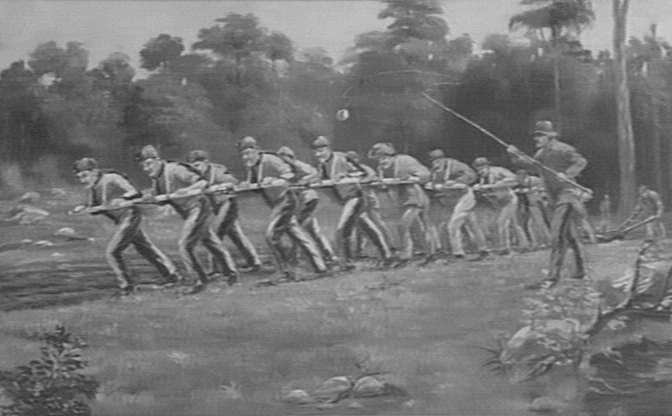By focusing on eighteenth-century servants and slaves, those two largest categories of laborers during earliest capital accumulation, we’re able to see the extremely varied labor regimes that sustained those processes, including those based on coercion. In some ways this argument has affinities with earlier critiques of the classical narratives of the Industrial Revolution, which emphasized instead proto-industrialization, small-scale rural industry, new forms of non-industrial manufacturing, and the wide range of “alternatives to mass production.”9 Clearly we need to hold onto the necessary distinctions between forms of “free” and “coercive” labor, because otherwise certain specificities of the labor contract under industrial capitalism would become much harder to see, particularly those that require new domains of power and exploitation beyond the immediate labor process and the workplace per se.
To summarize: on the one hand, there are strong grounds for seeing servitude and slavery as the social forms of labor that were foundational to the capitalist modernity forged during the eighteenth century; and on the other hand, there is equally compelling evidence since the late twentieth century of the shaping of a new and radically stripped-down version of the labor contract. These new forms of the exploitation of labor have been accumulating around the growing prevalence of minimum-wage, dequalified and deskilled, disorganized and deregulated, semi-legal and migrant labor markets, in which workers are systemically stripped of most forms of security and organized protections. This is what is characteristic for the circulation of labor power in the globalized and post-Fordist economies of the late capitalist world, and this is where I think we should begin the task of specifying the distinctiveness of the present. Whether from the standpoint of the “future” of capitalism or from the standpoint of its “origins,” the more classical understanding of capitalism and its social formations as being centered around industrial production in manufacturing begins to seem like an incredibly partial and potentially distortive one, a phase to be found overwhelmingly in the West, in ways that presupposed precisely its absence from the rest of the world and lasted for a remarkably brief slice of historical time.
Read More | "No Need to Choose: History from Above, History from Below" | Geoff Eley | Viewpoint Magazine
